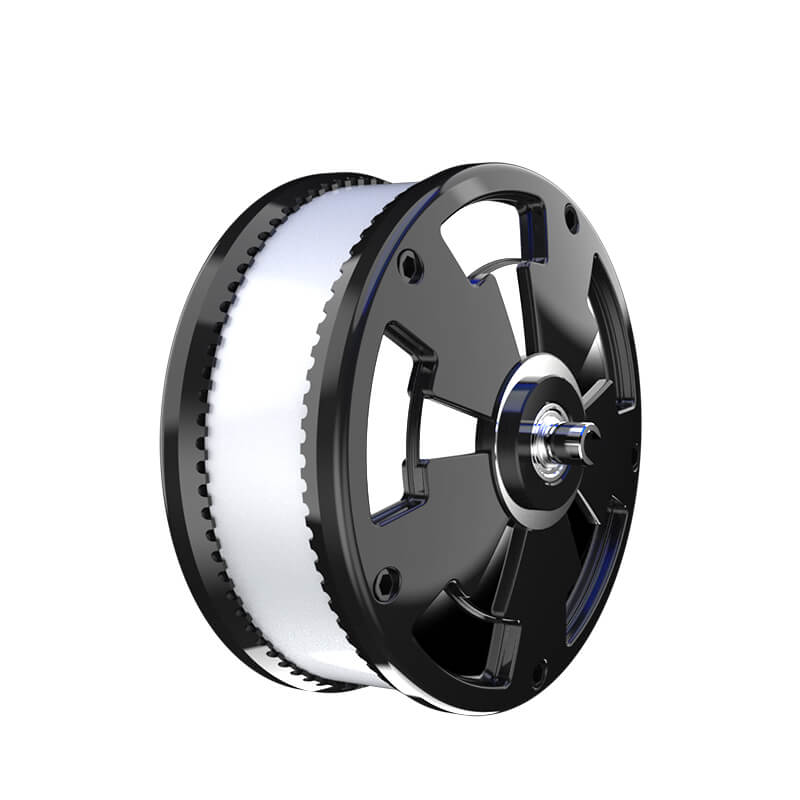Unlocking the Power of OQ E Servo Motor: The Future of Precision Engineering
In an era where automation and robotics are transforming industries at lightning speed, one component stands out as the heartbeat of precise motion control—the servo motor. Among the many types vying for prominence, the OQ E servo motor has rapidly garnered attention for its exceptional performance, versatility, and technological sophistication. But what exactly makes the OQ E servo motor a game-changer? Let’s delve into the depths of this marvel of engineering.

The Evolution of Servo Motors
To appreciate the significance of the OQ E servo motor, it's essential to understand its roots. Traditional servo motors have been the backbone of industrial automation for decades. They precisely control angular position, velocity, and acceleration, making them invaluable in everything from robotic arms to CNC machinery.
Over the years, advancements in materials, electronics, and control algorithms have led to newer, smarter servo motors. The OQ E series represents a pinnacle of these innovations, combining high efficiency, digital intelligence, and robust design.
What Is an OQ E Servo Motor?
At a fundamental level, the OQ E servo motor is an electric motor integrated with a sophisticated control system that allows for highly accurate position and speed regulation. The "OQ" denotes a specific series or brand line characterized by certain features—more on these shortly—and the "E" underscores an emphasis on efficiency and eco-friendly design.
Unlike simple motors that run at a set speed, OQ E servo motors communicate with control systems via digital signals, enabling dynamic adjustments in real-time. This ensures that machinery operates smoothly, accurately, and energy-efficiently, even under demanding conditions.
Design and Construction Features
OQ E servo motors typically incorporate advanced materials such as high-grade iron cores, copper windings, and precision bearings. These components serve to reduce losses, improve thermal management, and prolong motor life.
One defining feature of the OQ E series is its integration of a high-resolution encoder—sometimes up to 20,000 pulses per revolution. This encoder continuously feeds positional data back to the control system, allowing for unparalleled precision. The motor's rotor and stator are engineered to minimize electromagnetic interference, ensuring consistent performance in noisy industrial environments.
Furthermore, many OQ E servo motors are designed with modularity in mind. Customers can select different mounting options, shaft types, and cooling arrangements (air or liquid-cooled), tailoring the motor to specific application needs.
The Control System: Heart of the OQ E Servo
The true magic of the OQ E servo motor lies in its control architecture. Typically, it's paired with a digital servo drive—often a compact, intelligent module capable of implementing complex algorithms like PID, FOC (Field-Oriented Control), and vector control.
This combination enables the system to perform real-time adjustments, correcting for positional errors, torque fluctuations, or unexpected disturbances. For instance, in robotics, such responsive control means smoother movements and higher repeatability—critical for delicate tasks like surgical automation or precision assembly.
Power Range and Compatibility
OQ E servo motors come in a spectrum of power ratings—from small models rated at a few watts for lightweight tasks, to large industrial variants exceeding several kilowatts. This flexibility allows deployment across diverse sectors, including aerospace, manufacturing, packaging, and even renewable energy.
Compatibility with various voltage supplies (single-phase vs. three-phase), control protocols (EtherCAT, CANopen, EtherNet/IP), and software interfaces further broadens their appeal.
Key Advantages of OQ E Servo Motors
Precision and Accuracy: The integrated high-resolution encoders and advanced control algorithms deliver pinpoint positional accuracy, often within fractions of a degree.
Energy Efficiency: The "E" designation signals a focus on energy savings, achieved through refined motor design, regenerative braking capabilities, and intelligent control.
Reliability and Longevity: Superior materials and robust construction ensure the motors withstand harsh industrial environments, reducing downtime and maintenance costs.
Smooth Operation: Low vibration and noise levels facilitate delicate tasks, making them ideal in applications demanding finesse.
Ease of Integration: Modular design and compatibility with widespread communication protocols simplify system integration and scalability.
Applications Breaking New Ground
The versatility of OQ E servo motors is evident in the range of applications they serve:
Industrial Robotics: Precise joint control, smooth actuation, and high repeatability make them perfect for robotic arms in assembly lines. CNC Machinery: Achieving intricate cuts and patterns with high accuracy. Packaging and Labeling: Speed control and synchronized operation for high throughput. Printing Machinery: Maintaining precise tension and positioning for flawless output. Medical Devices: Minimally invasive surgeries or diagnostic equipment where precision and reliability are paramount. Renewable Energy: Solar tracker systems adjusting panels with meticulous accuracy despite environmental fluctuations.
Stay tuned for Part 2, where we explore the technological innovations behind OQ E servo motors, compare them with other motor types, and discuss future trends shaping this dynamic field.
Leveraging innovations in modular drive technology, Kpower integrates high-performance motors, precision reducers, and multi-protocol control systems to provide efficient and customized smart drive system solutions.




































